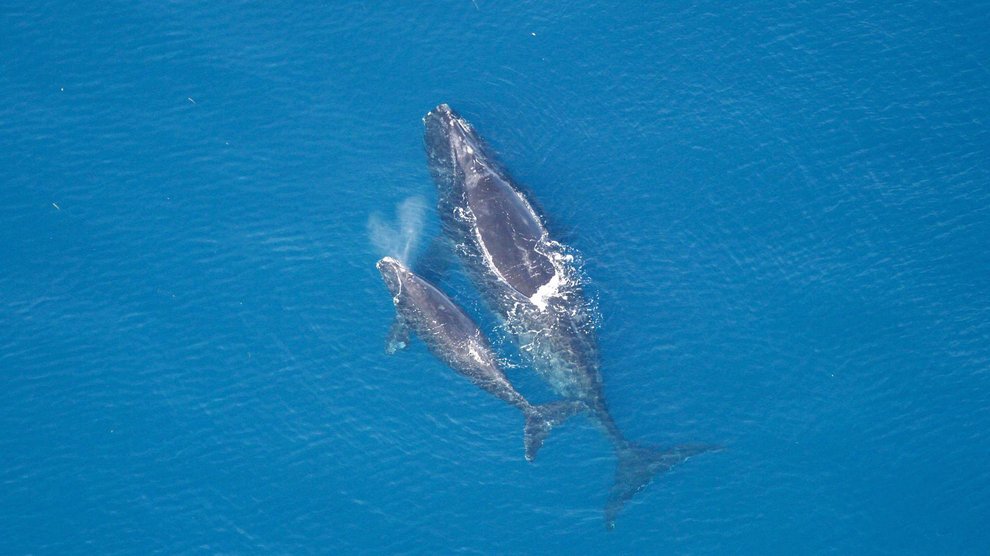Late last week, the Obama administration moved ahead on planned oil and gas exploration off the East Coast of the United States. Though surveys aren’t imminent, the release of the plan’s environmental impact statement clears the way for further action.
It has been decades since anyone has prospected for oil off the East Coast, and government officials at the time estimated that between 1.3 billion to more than 5.5 billion barrels of oil sit under the outer continental shelf. New techniques could reveal even more.

But it’s those very techniques that have drawn fire from oceanographers and environmental groups. Exploring for deep-sea oil and gas involves detonating thunderous blasts of air underwater and using the returning sound waves to estimate the reserves below. The intensity of that sound can reach 250 dB underwater , or significantly louder than the sound of a jet at take-off. It has the potential to harm marine life, especially mammals like dolphins and whales, which use echolocation to navigate and communicate.
Most at risk may be the North Atlantic right whale, of which fewer than 500 exist today. Once hunted for their oil and meat, they have been protected since 1986, but their numbers have been slow to rebound. The right whale’s range directly overlaps with the area to be surveyed using the air guns.
Helen Scales,
writing for National Geographic :To help protect these whales, BOEM proposes that during a key period when larger numbers are present, between November and April, the air-gun surveys would be banned close to the coast. The limitation essentially would put a narrow strip of the survey area off limits during the winter and early spring months, preventing seismic testing up to 20 nautical miles (37 km) from shore.
Environmentalists argue that such measures are unlikely to offer full protection to the whales because new research shows that they swim much farther offshore. Cornell University researchers placed listening stations off the coast and heard right whale calls at least 65 nautical miles (120 kilometers) out to sea.
Scientists seem to agree that prospecting presents no direct threat to the whale’s lives —in other words, dead whales to wash ashore following the air blasts—but they’re less certain about the long-term effects, including how the whales mate, feed, and communicate.
Michael Wines, reporting for the New York Times :
“These animals are living for decades, if not centuries,” said Aaron Rice, the director of Cornell University’s bioacoustics research program. “The responses you see are not going to manifest themselves in hours or days or weeks. We’re largely speculating as to what the consequences will be. But in my mind, the absence of data doesn’t mean there isn’t a problem.”
The North Atlantic right whale won’t be the only sea creature affected. Scales’s article at National Geographic covers many more .

